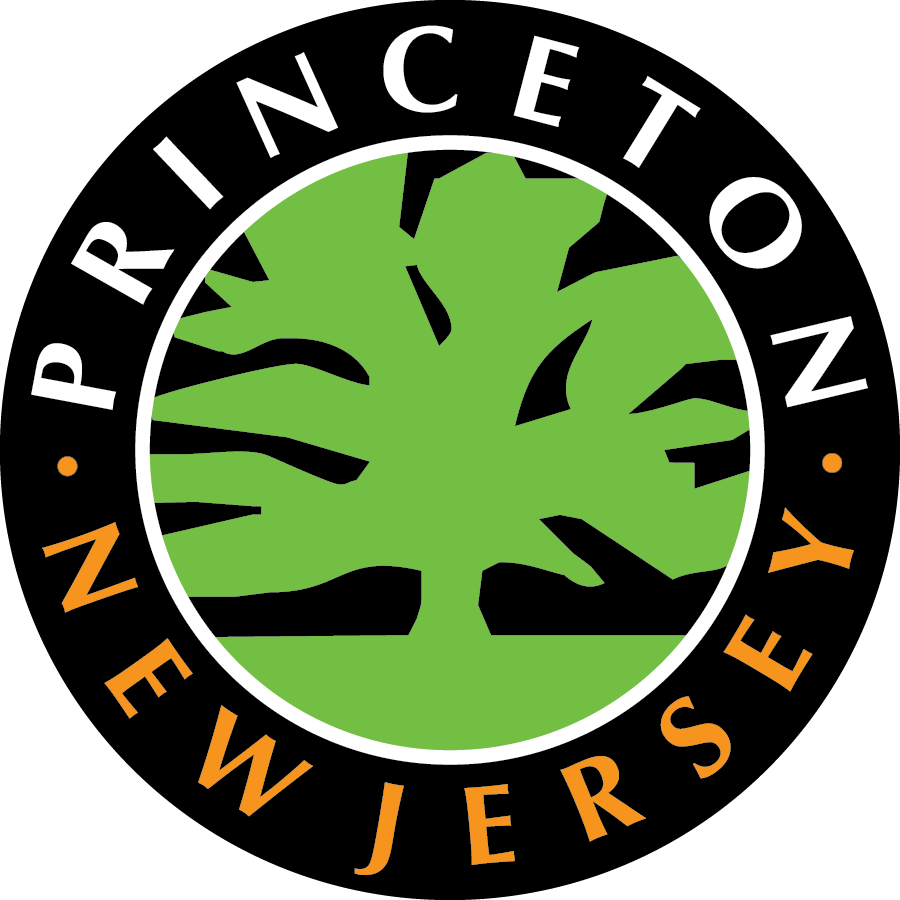Princeton residents and visitors who want to chime in on what they think the town should look like in 20 years can do so by filling out the Community Visioning Survey.
The survey, which is part of the Princeton Master Plan process, will be available online at https://engage.princetonmasterplan.org through Oct. 31, officials said.
The Community Visioning Survey, which has been online since mid-September, is not the same one that residents and visitors filled out during the summer, said Acting Planning Director Justin Lesko. The earlier “Tell Us What You Want” consumer survey sought input for an economic analysis that will become an appendix to the Princeton Master Plan, he said.
The Community Visioning Survey is focused on broader issues that make up a municipal Master Plan – from land use and housing development to historic preservation, open space and recreation, Lesko said.
The survey results will be shared at an open house on the Princeton Master Plan at the Princeton Public Library Nov. 30, he said.
By state law, all towns must adopt a Master Plan. It spells out the community’s vision for how and where growth should occur. Princeton’s Master Plan was adopted in 1996, and updated in 2001, 2007 and 2017.
The Community Visioning Survey is “arguably even more important” than the “Tell Us What You Want” economic development survey, said Louise Wilson, who chairs the Princeton Planning Board. She also sits on the 13-member Princeton Master Plan Steering Committee.
“This survey gets at community values, priorities and concerns. The findings from this survey are crucially important as we prepare for upcoming community-wide open houses and formulate overarching Master Plan goals and principles,” Wilson said.
“It will also help the steering committee prepare for more detailed decision making and specific recommendations regarding land use, how people get around town, conservation and preservation. There will be more opportunities for public input over the next six to eight months.”
The survey asks respondents about their connection to Princeton – whether they live in town, work in town or go to school or visit the town. It also asks whether they lived or grew up in Princeton. If they live in town, they are asked to pinpoint their neighborhood from a map on the survey.
It asks about the type of home the respondents live in – a single-family house, a townhouse, a duplex, a multi-family property, a dormitory or an accessory dwelling unit – and whether they own it or rent it.
A related question asks the respondents to rank the importance of housing types, such as two-family buildings, multi-family properties of up to 10 apartments or less than 10 apartments, housing for senior citizens and single-family houses on small lots.
They are asked to rank the five things they like most about Princeton, such as historic character, parks and recreation, the variety of shops and restaurants, the variety of housing styles, being able to ride a bicycle to one’s destination, the low crime rate and access to Princeton University and private schools.
Respondents are asked to rank the five most challenging aspects of living, working or visiting Princeton – the high cost of living, tear-downs in residential neighborhoods, new construction and development, the income or wealth gap, and traffic congestion.
Another question seeks respondents’ top three issues or trends that the Master Plan must address – from preserving historic homes and neighborhoods to protecting the environment, improved safety for bicyclists and pedestrians, and expanding job opportunities.
Planning Board Vice Chairman Tim Quinn, who chairs the board’s Master Plan subcommittee, said the subcommittee needs “direct involvement” from more than its 13 members.
“We are looking to the town’s boards, commissions and committees, the schools, the arts community, local organizations, nonprofit groups and advocates, individuals and families, businesses and the workforce. We want all voices to be heard,” Quinn said.

